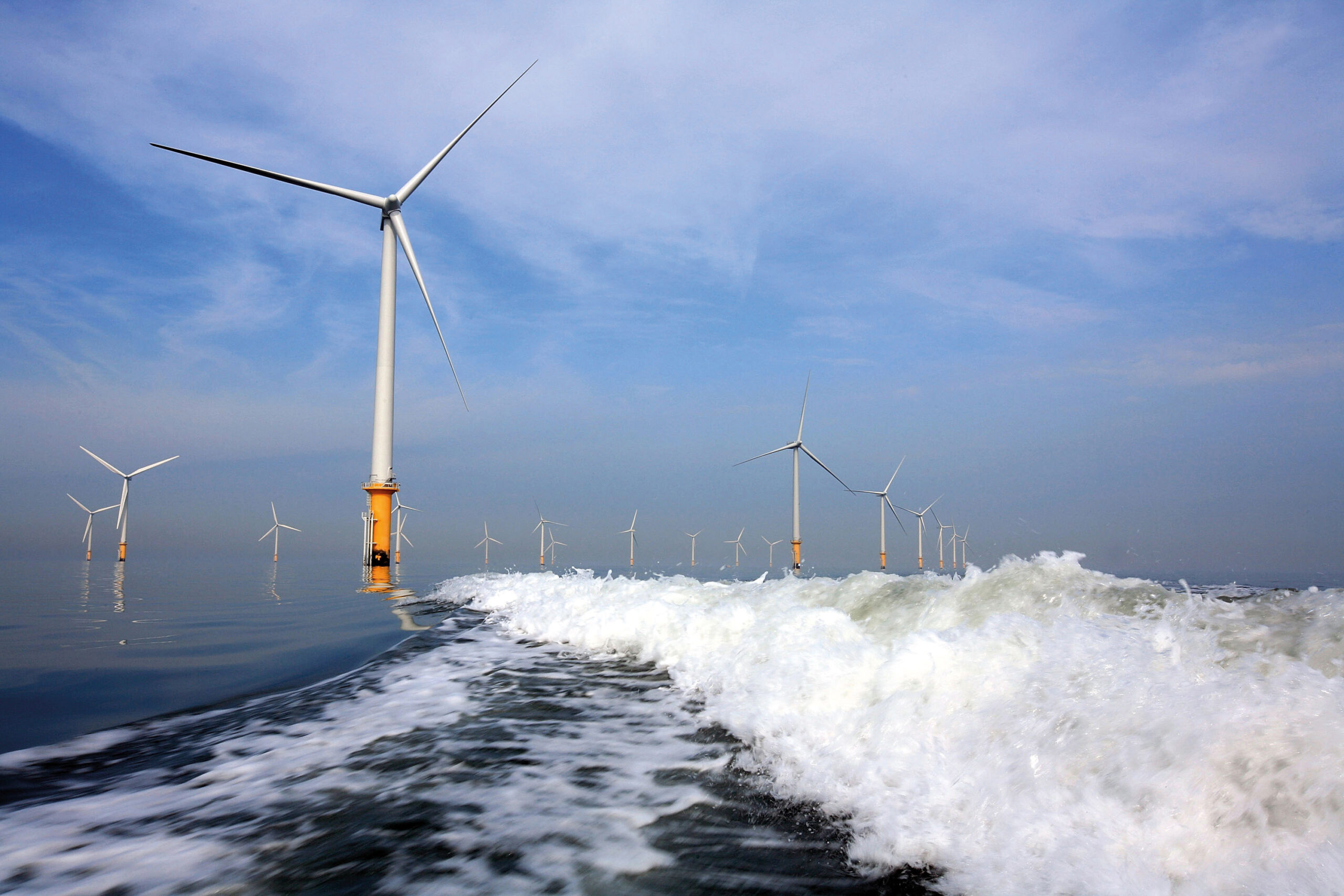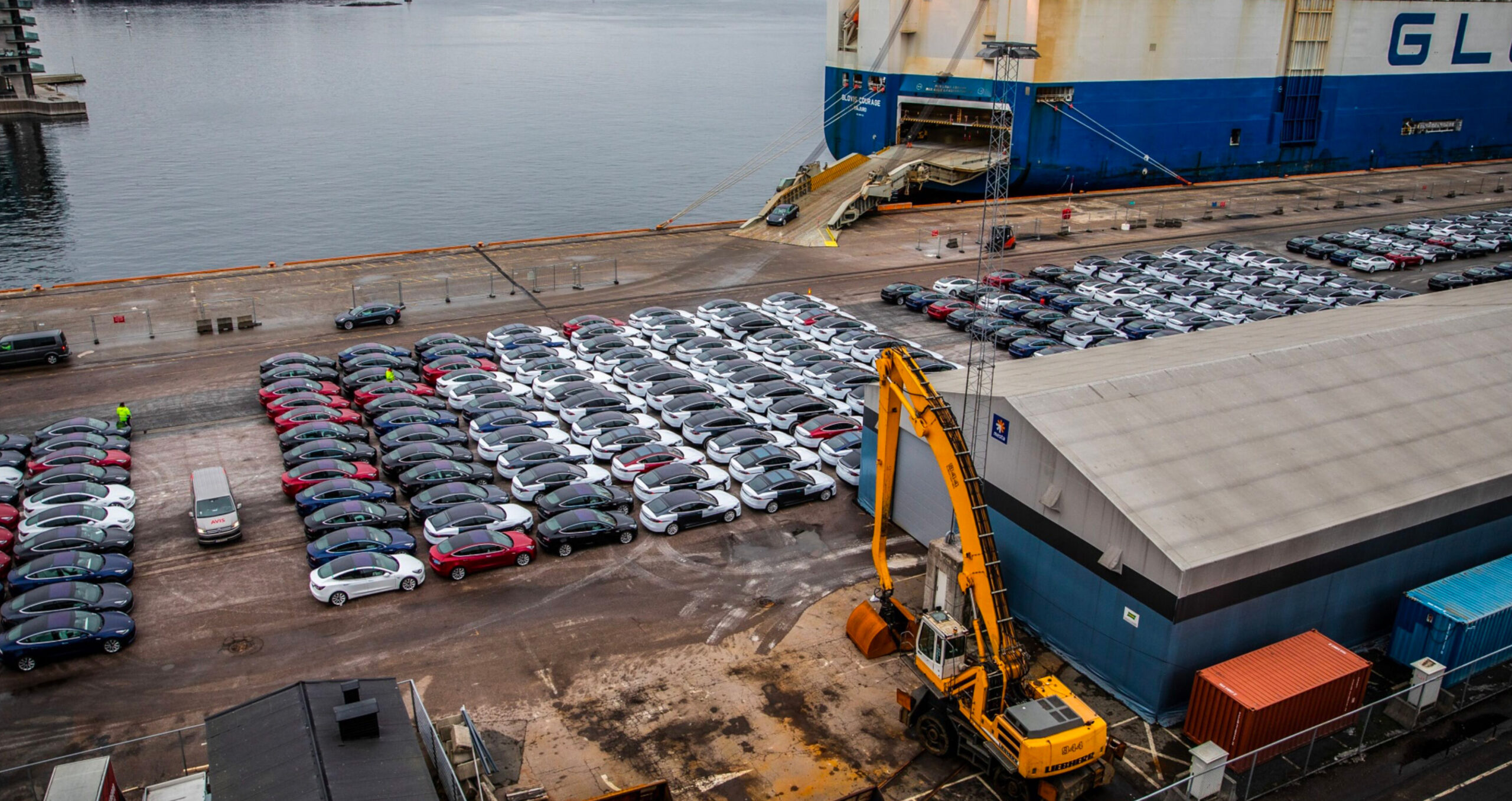
Policymakers tackle permitting bottlenecks in wind

Governments and policymakers in the UK and Europe have heeded the wind industry’s calls to reduce permitting bottlenecks, yet concerns persist over grid connections and supply chain problems amid ambitious renewable energy targets.
The UK government published a policy paper on February 23 entitled “Nationally significant infrastructure: Action plan for reforms to the planning process”, which aims at streamlining the approval process for infrastructure projects, chief among them in offshore wind.
It will also implement a new offshore wind environmental improvement package to “accelerate the delivery of new offshore wind infrastructure while ensuring appropriate consideration of environmental impacts”. Onshore wind projects are currently excluded from nationally significant infrastructure in the UK.
Alexander Fløtre, vice-president of offshore wind analysis at consultancy Rystad Energy, tells Sustainable Views that the policy is a “step in the right direction” to achieve the UK’s target of 50 gigawatts of offshore wind by 2030.
“One key factor of achieving that target has been to reduce permitting times,” Fløtre says. “Due to a strong backlog and a mature pipeline, our base case is that if permitting times are brought down by a year, that will be enough to ensure that there is 50GW operational capacity by the end of the decade.”
That is not without the “big caveat” of the ability of the supply chain and the grid capability to deliver on those targets, he continues. “The focus now needs to also be shifted to the supply chain and grid capacity.”
Lengthy administrative processes
Permitting is understood as the administrative process by which developers are granted planning authorisation and licences to build or repower a wind farm. It can also refer to permission to connect to the grid, among other procedures that vary from jurisdiction to jurisdiction.
For offshore wind projects in the UK, this can become lengthy due to staggered administrative processes involving land leases, permits or “consents” to build, and assessments over a project’s environmental impact.
In its energy strategy published last year, the UK government said it would reduce the “consent time” for offshore wind projects from “up to four years down to one year”.
Separately, it also lifted a de facto ban on onshore wind projects in December last year, and said that it will consult local authorities, communities and businesses on changes to its national planning policy to include onshore wind. This is to be concluded by the end of April.
In a letter to the government on the proposed reforms, trade body RenewableUK cautioned: “If the government is serious about its commitment to net zero and security of supply ambitions, then there must be a clear ambition for national deployment targets for onshore wind and a policy framework supportive in place to deliver on these commitments.”
Anna Crosby, banking and finance director at law firm Fieldfisher, says that even in spite of the government’s tentative support for onshore wind, “there are still some slightly tricky practicalities around investing in and developing an onshore wind project in the UK”.
“One of the biggest of which is the amount of time it takes to get a grid connection for a new generation site – reportedly up to 13 years,” she adds.
In January, energy multinational Shell and Iberdrola subsidiary Scottish Power won a bid to build 5GW of floating offshore wind farms off the east and north-east coast of Scotland, but, here too, grid connection remains a key concern.
Shell UK offshore wind business manager Melissa Read tells Sustainable Views that “to avoid material delays in getting this power into the grid, it would be hugely helpful for us to have earlier and more certain grid connections”.
In addition, she adds that the oil company needed “more confidence that offshore and onshore consents will be delivered in a timely way, so that [Shell] can proceed with the multibillion-dollar investment required to deliver this renewable power”.
The UK government declined to comment on its planning policy.
EU speeds up permitting
Meanwhile, in Europe, permitting delays have long been identified as the major hurdle to the deployment of wind across the continent, but following the emergency measures adopted by the EU to speed up permitting processes in renewable energy, there have been indications of optimism.
In December, the EU Council adopted measures to introduce a faster permitting process to help accelerate the deployment of renewable energy projects, including one measure that will presume that from a legal standpoint renewable energy projects have an “overriding public interest”.
Giles Dickson, chief executive of trade association WindEurope, said in a statement that one of the key takeaways from 2022 is that “governments are beginning to simplify their permitting rules and procedures for new renewables”.
“Germany is leading the way. They’ve doubled their rate of new onshore wind permits compared with three years ago. Their average permitting time has dropped to two years. Others must follow suit,” he added.
In January, the German government adopted the EU’s emergency measures to simplify and speed up licences for clean energy projects. This follows amendments to the Regional Planning Act in September to speed up infrastructure projects.
Existing permitting bottlenecks “vary slightly between jurisdictions depending on the local regulatory framework”, says Daniel Marhewka, co-head of energy and natural resources in Fieldfisher’s Munich office.
“Prior to the EU’s emergency permitting measures, there was no effective overarching EU framework for permitting,” he adds.
Christoph Zipf, a WindEurope spokesperson, tells SustainableViews that “if permitting is the main bottleneck to the build-out of wind, those countries that manage to solve the bottlenecks will be the most attractive to invest in”.
He points to Italy, where he says permitting is complicated and where developers need approval from authorities regarding a project’s impact on the landscape. “If you look at it from the investor’s point of view, of course they would rather invest in a country where they’re certain they’ll get the project built.”
More broadly, however, Europe is still behind on its ambitions. In 2022, the EU built 16GW of new wind energy capacity, the WindEurope’s annual statistics 2022 report stated. The trade association expects this figure to rise on average to 20GW a year between 2023 and 2027.
But the report underlined that the “EU should be building over 30GW a year of new wind on average to meet its 2030 targets”.
“If we have to double installations, we have to double everything along the supply chain. This means more investments in infrastructure such as girds and ports,” Zipf says.
“Resolving the permitting issue is one way of boosting wind deployment but it’s not the only one,” he adds.
Similar Articles

Banks under pressure to reveal data comparing green and fossil fuel spending

With better planning and investment, EV uptake could offer storage and grid flexibility


